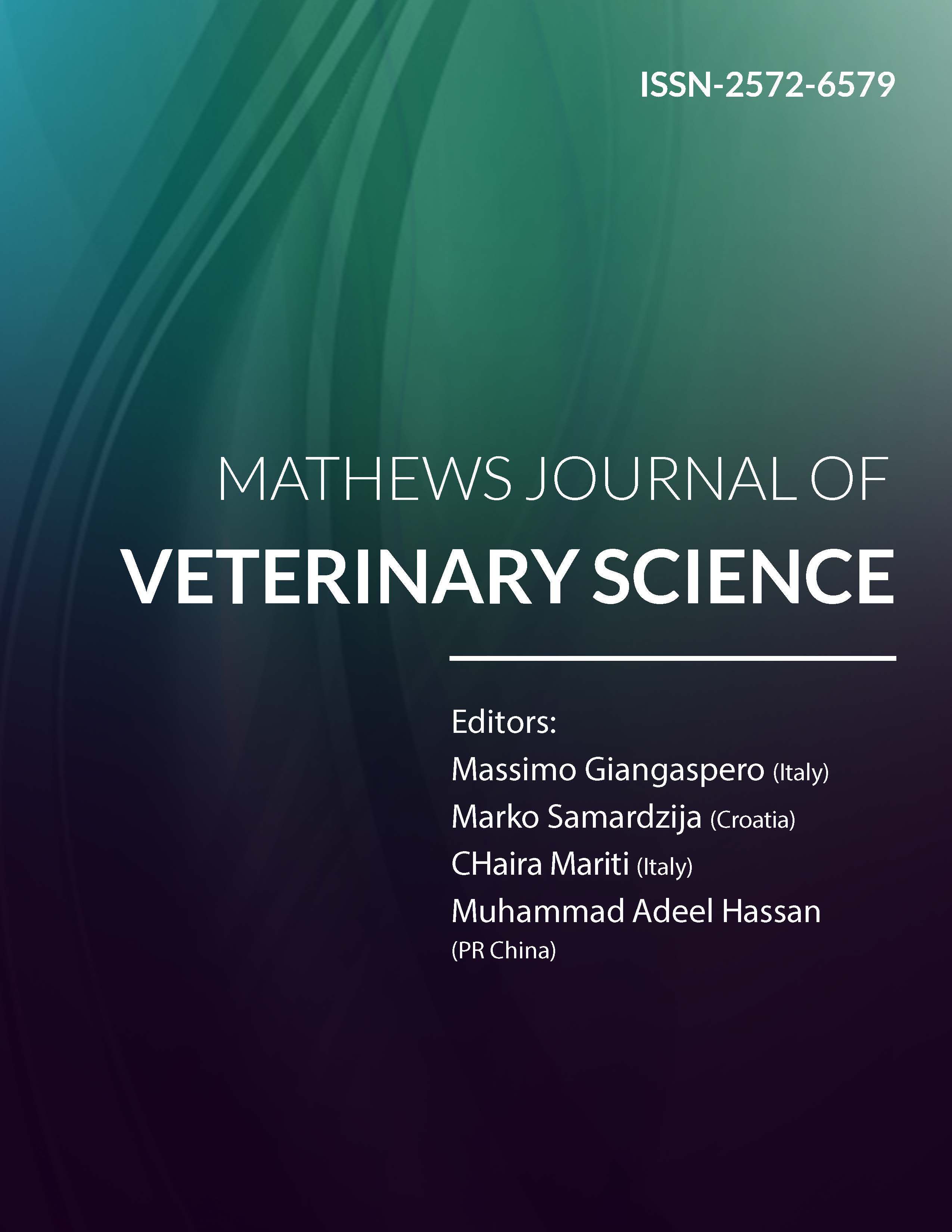
Information Links
Previous Issues Volume 1, Issue 1 - 2016
Comparison between canine and molar swine tooth: tissue and stem cell view
Joao Leonardo Rodrigues Mendonca Dias1, Fabiele Baldino Russo1, Patricia Cristina Baleeiro Beltrao Braga1,2,3, Raphael Marques de Almeida Rosa da Cruz1, Isabella Rodrigues Fernandes 1, Fernanda Rodrigues Cugola 1, Nanci Nascimento4, Maria Angelica Miglino1, Graciela Conceicao Pignatari1,2
1Stem Cell Lab, Surgery Department, School of Veterinary Medicine, University of São Paulo, 87 Prof. Dr. Orlando Marques de Paiva Av, 05508-270, São Paulo, Brazil.
2Center for Cellular and Molecular Therapy (NETCEM), School of Medicine, University of São Paulo, 455 Dr. Arnaldo Av., 01246-903, São Paulo, Brazil.
3Obstetrics Department, School of Arts, Sciences and Humanities, University of São Paulo, 100 Arlindo Betio Av, 03828-100, São Paulo, Brazil.
4Nuclear and Energy Research Institute Biotechnology Center, 2242 Prof. Lineu Prestes Av., 05508-270, São Paulo, Brazil.
Corresponding Author: Graciela Conceição Pignatari, Postdoctoral fellow at University of São Paulo, 87 Prof. Dr. Orlando Marques de Paiva Av., 05508-270, São Paulo, Brazil,Tel: 55(11) 3091-1417; Email: [email protected]
Received Date: 22 Aug 2016
Accepted Date: 09 Sep 2016
Published Date: 16 Sep 2016
Copyright© 2016 Pignatari GC
Citation: Dias JLRM, Russo FB, Braga PCBB, Cruz RMDARD, et al. (2016). Comparison between canine and molar swine tooth: tissue and stem cell view. Mathews J Vet Sci. 1(1): 005.
ABSTRACT
Dental tissues are an abundant and rich source for easily and continually obtaining of mesenchymal stem cells (MSC), which are able to differentiate in vitro into several types of tissues, such as fat, cartilage, bone, among others. In swine, canine teeth display continuous growth, suggesting it could represent a different niche of stem cells. In this study, we compare dental pulp mesenchymal stem cell (sDPSC) niches from canine and molar teeth in swine. Tooth tissues were obtained and characterized by histological, microscopy and cellular analyses. Tissues were submitted to immunohistochemistry analysis and showed expression for mesenchymal stem cells markers, such as CD73, CD90, CD105 and for pluripotent markers (Oct-4, Nanog and Sox-2). Molar and canine sDPSC were also cultured and characterized according to MSC properties, such as plastic adherence capability, fibroblast-like morphology and cell surface antigen profile. sDPSC displayed an exponential growth pattern by MTT assay and increased in-vitro differentiation potential for adipogenic and osteogenic lineages. Tumorigenic test indicated these cells were unable to generate tumor in nude mice. Thus far, stem cells derived from canine and molar teeth in swine did not expose significant differences related to cell or plasticity markers and they indicate to be safe for animal cellular therapy use since they are devoid of tumorigenic disposition.
KEYWORDS
Mesenchymal stem cell; MSC; Dental tissue; DPSC; Swine.